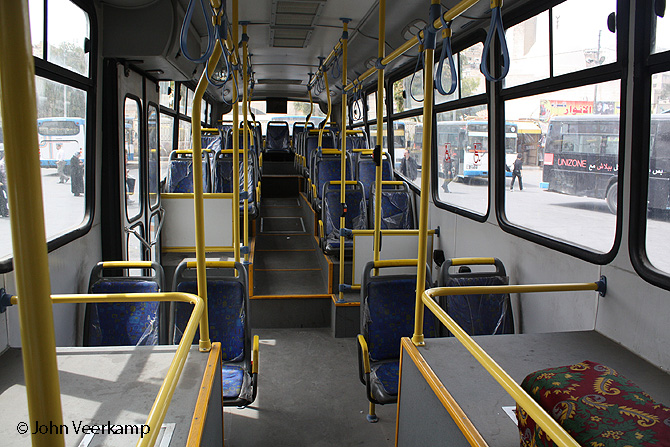wear rate of both tyre surface and road are in there, given they are steer tyres, probably needs be able negotiate a modest curb also, little accidents
and steering geometry camber-related turning circle radius compensation may be improved with a larger diameter tyre, a wider tyre with larger diameter
the caster is the leaning of the top of the kingpins forward so the steering tends to centre with forward movement (the position the wheel trails in that arrangement), the camber is the flatness against the road, but of tight turning the steering geometry needs compensate and make the inner wheel circle smaller, and the outer wheel turning circle larger, and shift more of the weight to the edges of the tyre
……maybe, my knowledge of steering geometry isn’t great, possibly even worse than I think
a larger tyre may also tend to be more reliable for various reasons, tread thickness (total thickness also), wall thickness, and a larger tyre may not need be inflated to such a high pressure, can have more cushion, them being the first suspension element, and directly on the road


